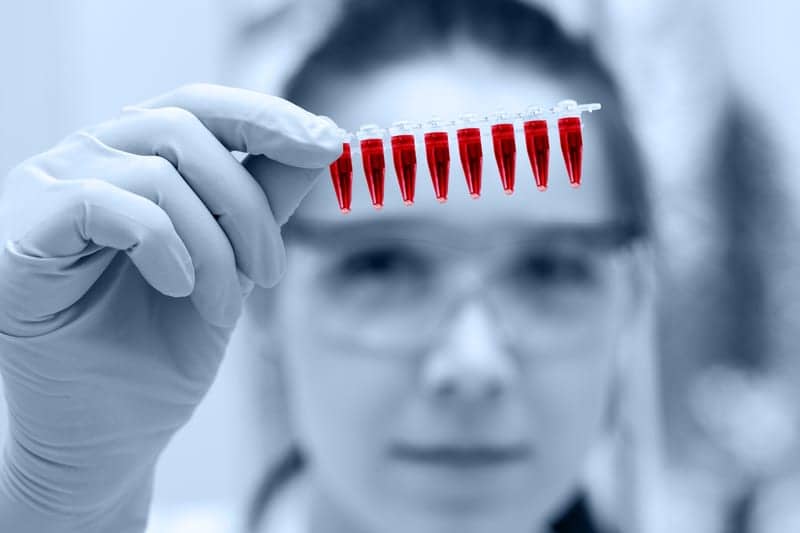A doctoral dissertation notes that new blood biomarkers in the lung blood vessels of heart and lung disease patients can lead to improved treatment for persons with PAH.
“We have discovered that the biomarkers that we have investigated have a particularly high diagnostic value in PAH, by comparing with heart failure and healthy individuals. These biomarkers have the potential to be used as a routine diagnostic strategy and in the evaluation of PAH patients. Since the levels of these markers in the blood are reflecting the clinical efficacy of PAH specific medical treatment, there is good hope that they soon can be used routinely to measure treatment response. The results are so far based on around 20 PAH patients, which means that more research is necessary on larger patient groups,” says Anna Sandqvist, doctoral student at the Department of Pharmacology and Clinical Neuroscience and author of the dissertation.
PAH is an unusual heart- and lung disease that first and foremost affects the finest branches of the arteries in the lungs. The arteries are thickened and become stiff, the blood flow is reduced which leads to hypertension – increased blood pressure – and hypoxia of the pulmonary arteries – a deprivation of adequate oxygen supply. Both heart and lung functions are affected and many patients develop right heart failure. PAH is a very serious condition which, at present, has a poorer prognosis than many cancers and there are only a few appropriate methods for treatment and evaluation.
Today, PAH patients are treated with medications that dilate the blood vessels and, hence, reduce the pulmonary artery pressure. Anna Sandqvist has studied a new drug to treat this disease called vardenafil. Vardenafil belongs to the same group of pharmaceuticals as Viagra and can be used both in diagnostics and in the treatment of PAH.









